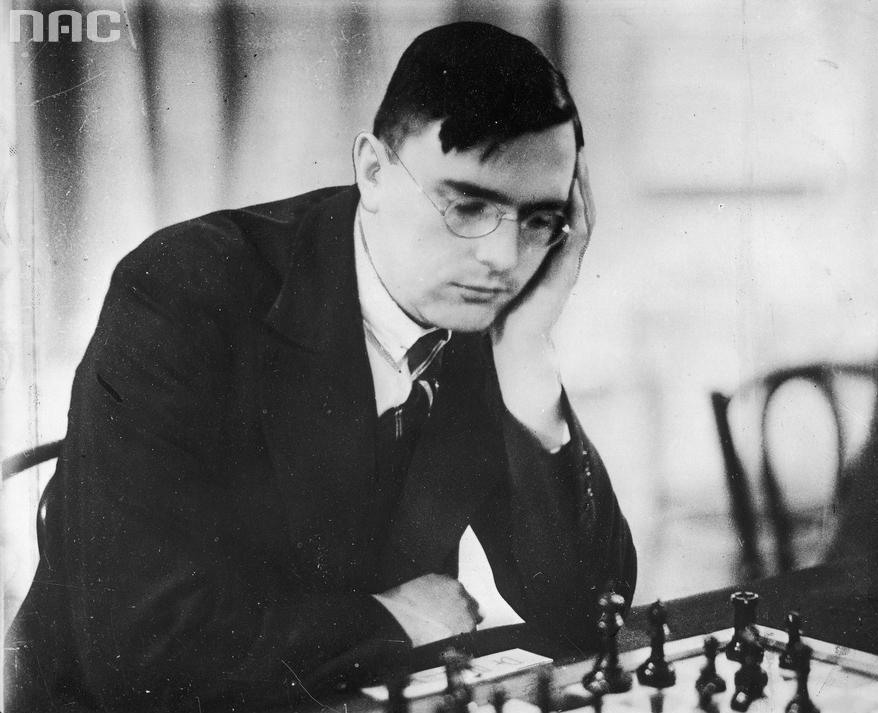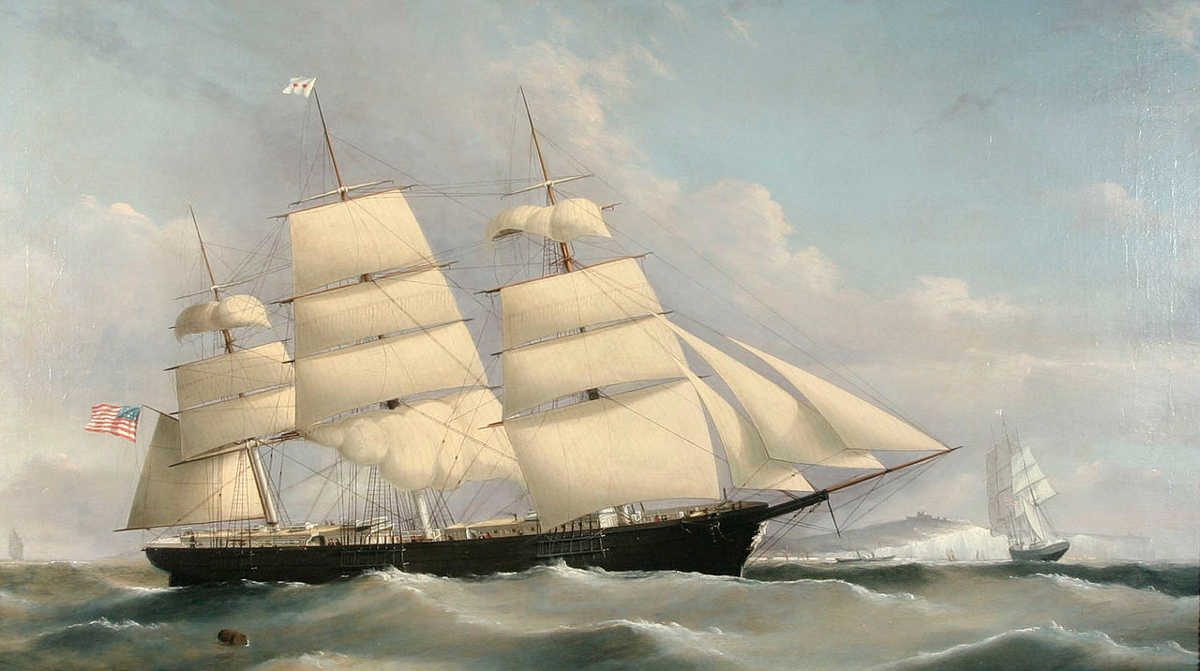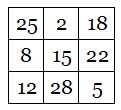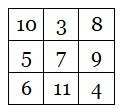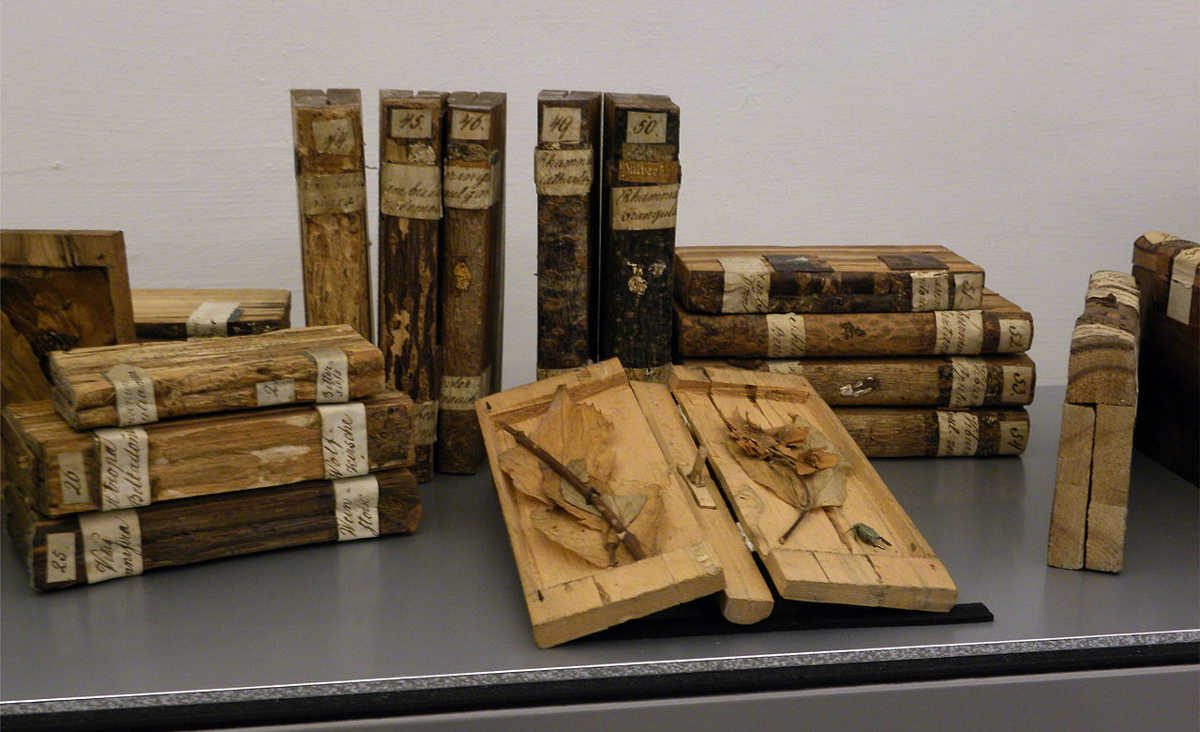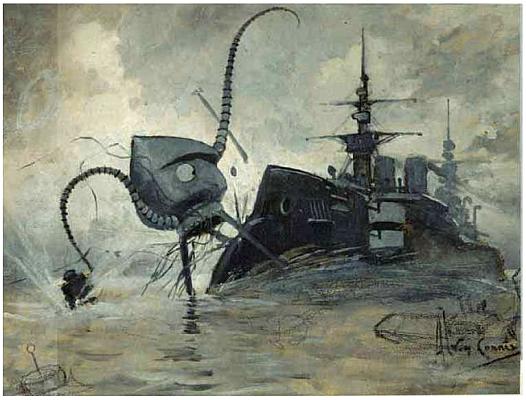
In Circularity, Ron Aharoni mentions a story by Raymond Smullyan. On a certain island there are two kinds of people, those who always lie and those who always tell the truth. One day an islander is arrested on suspicion of murder. At his trial he says, “The murderer is a liar.”
Smullyan argues that this piece of evidence alone should acquit him. If the man is honest, then what he says is true, the murderer is a liar, and since he himself is a truth-teller he cannot be the guilty party. On the other hand, if he’s a liar then his testimony is false, which means that the murderer is in fact not a liar, and once again he cannot be guilty. Either way, he proves his innocence by showing that the murderer and himself belong to two different tribes.
Aharoni adds, “The problem is that the man was found beside the corpse with a bloody knife in his hand and a wide smile on his face. He is obviously the murderer, which means that he managed to prove an obvious fallacy. It seems that using his method, he can prove anything. And indeed he can. See what he is claiming when stating that the murderer is a liar: ‘If I am the murderer, then I am a liar’, which means ‘if I am the murderer then this is a lie’. In other words — ‘If I am the murderer then L is true’. And … this proves that ‘I am not the murderer.'”

